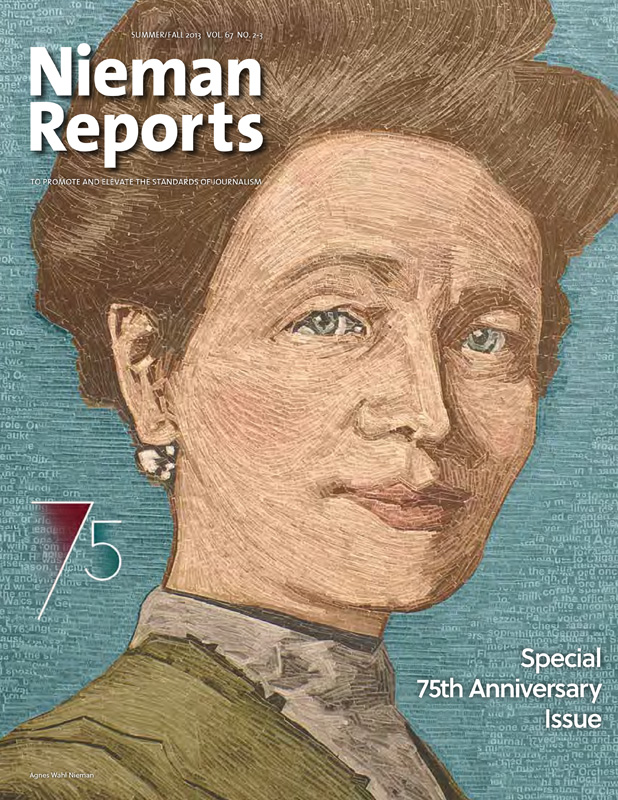In 1994, King launched Reuters’s first daily multimedia publication, “What on Earth,” a joint venture with cable TV company Tele-Communications, Inc.

Twenty years ago when I started my Nieman year, the journalism industry was on the precipice of extraordinary technology-driven change. For my year at Harvard I proposed to study the impact of nascent technologies on traditional news companies. But in the fall of 1993 there weren’t, as yet, any Harvard courses specifically targeting “the Internet.” Someone recommended I take a course that explored the evolution of electricity industry, the nearest thing to the kind of change we were seeing at the time.
There was much information that became extremely useful in my post-Nieman career. We learned how consumers respond to new technologies and how entrepreneurs pile in to monetize a new technology, only to fold later as bigger companies consolidate to muscle out others. We reviewed examples of longstanding industries becoming displaced by innovative new technologies. As I watched the digital media industry unfold, I saw the same.
I returned to work in the newly formed Reuters New Media division to focus on developing news products for online publishers. My first job was to develop Reuters’ first multimedia newsroom, integrating text, images, video and motion graphics in a daily publication launched in late 1994. I went on to help develop Reuters’ global Online Reports, which are still a cornerstone digital news product for Thomson Reuters. The Internet is not the first technological curve ball thrown at the news industry. The insights from an unexpected science course informed my ability to navigate the extraordinary pace of change in journalism today and, more importantly, I feel optimistic about the change, knowing it brings as many opportunities as challenges.



